Mick and Keith. Elton and Bernie. George and Ira (okay, just checking to see how old you all might be). Words and music. You get the idea.
Design and Marketing.
I’m not necessarily suggesting that, to make a cross-functional toy team work, you need great collaboration between the Design and Marketing leaders, composing and performing in alignment. Wait a minute. Yes, that’s exactly what I am suggesting.
Years of experience, both good and bad, have taught me that ensuring the team’s Design and Marketing leaders are aligned is the secret to success. Ideally, these two roles should be seen as ‘equal’ in the organization – at least in the eyes of the team members. This relationship works best when the two are seen as partners, not superior/subordinate.
Back at the old company, and many years ago, I took over the Marketing reins on a large, important vehicles brand. (Think, you know, fiery.) My Design counterpart was an incredibly talented, longtime toy veteran – with a reputation for driving his ideas, and his team, hard. We eyed each other warily in the early going, and then had a breakthrough: on a critical product call in front of the entire team, I offered my hearty opinion, and was met with a stern, ‘No offense, but that’s a Design call.’ Hours later, my counterpart offered up a salty view of one of our marketing program elements, and I stopped short, commenting, ‘Hey. That’s a Marketing call.’ And the die was cast. (Rim shot.)
From that point forward, we ‘took it outside.’ Alone, we could argue, disagree, and hash through the issues. But in front of the team, we showed alignment. We still didn’t agree on everything, and didn’t hide it – but pretty much we stood shoulder to shoulder on the big stuff.
This simple step had the remarkable effect of driving alignment all the way through the team. We displayed respect for each other’s functional expertise, we communicated as partners, and (bonus!) we acted as if we were enjoying it. Which we were, immensely.
In two years, our U.S. business doubled. And the team became a laboratory for functional excellence. At one point, I made a bad hiring decision in Marketing; trying to get the team to accept that person was like watching a healthy organism working to expel a virus. They knew he wouldn’t fit…well before I knew it.
For me, the lesson learned was about the importance of modeling the behavior you want to see: my counterpart and I demonstrated daily what we expected to have happen, and the team rose up to meet us – and ultimately succeed us. I was proud of what we accomplished, but the best part was how proud they were. Years later, I had the opportunity to replicate the lesson on the same brand, ensuring the Marketing and Design leaders were eyeball to eyeball and on equal footing. And the team responded with the most outstanding products and programs in the brand’s history.
As it turned out, that was some pretty beautiful music.
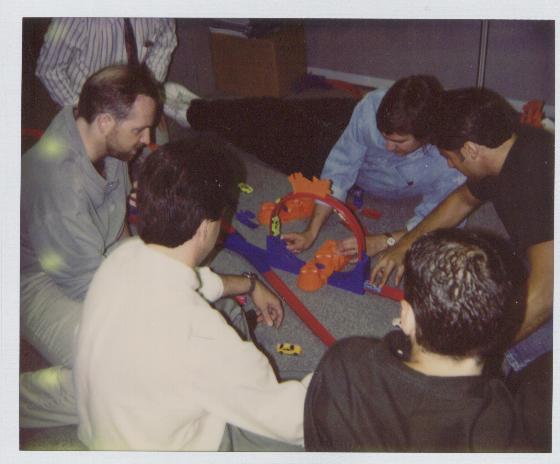
Recent Blogs
Recent Blogs
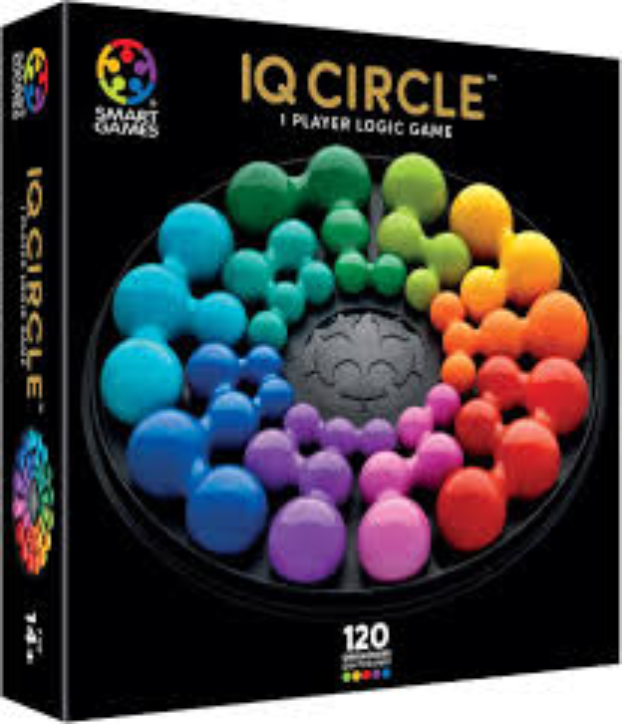
Reviews
Game Review: IQ Circle

Biographies and Interviews
Catching up with Eric Olsen, The Inventor of Flip 7 and Co-Creator of Messy Table Games

Reviews
Book Review: Happytecture by Anna Devís & Daniel Rueda
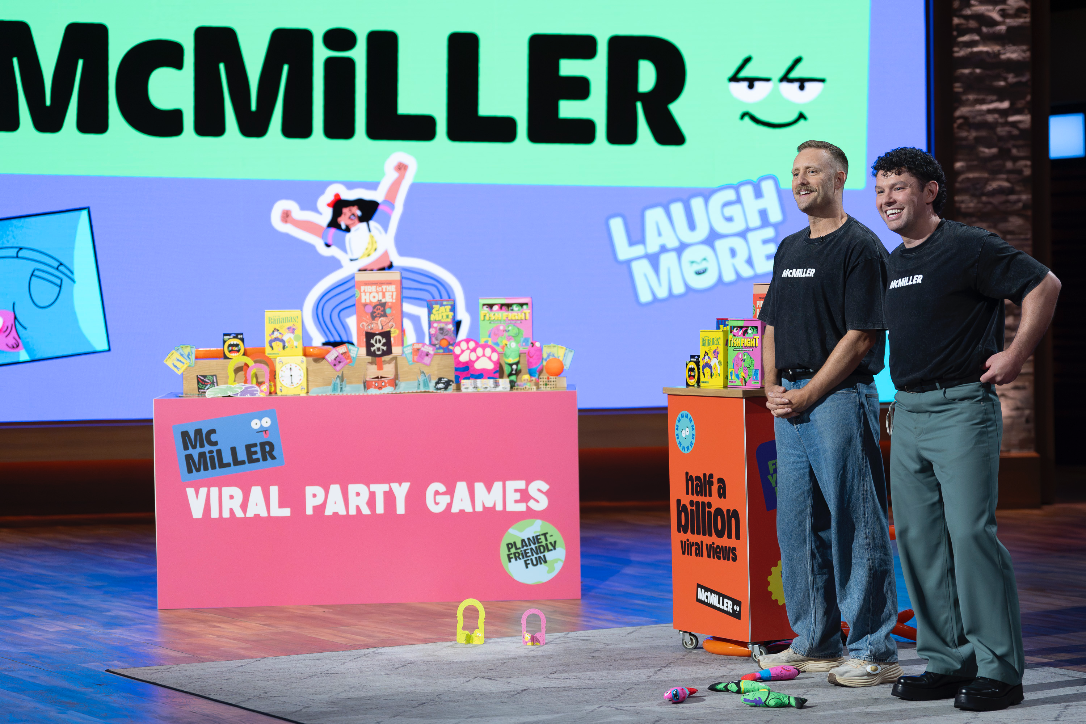
Biographies and Interviews
From Stage Lights to Game Nights: McMiller’s David & Julian on Shark Tank (Dec 10th), Viral Success & Building a Business With Your Husband

Press Release
Leslie Scott (creator of Jenga) announces the launch of BOUNDLESS PLAY
See more
Recent Wiki

BOOK REVIEWS
Toy Review: Monster Jam Smash & Bash Grave Digger Monster Truck
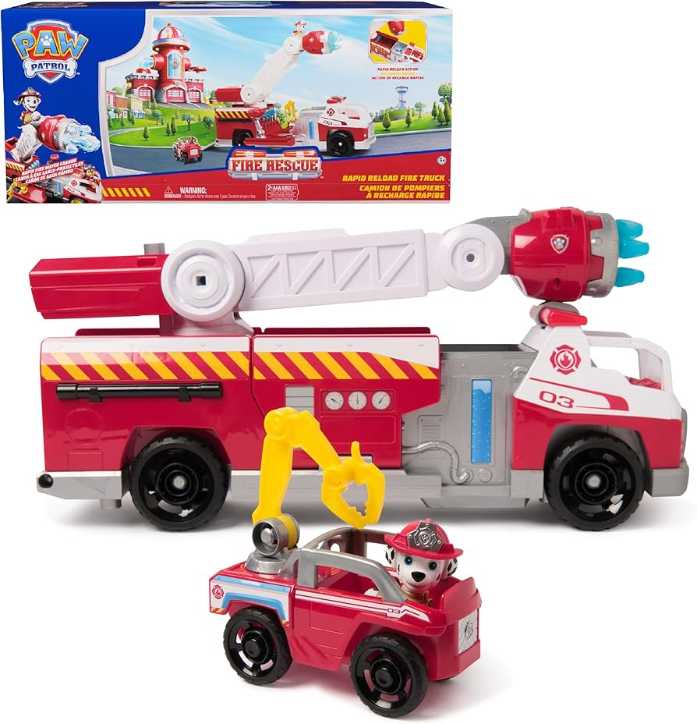
BOOK REVIEWS
Toy Review: Marshall's Rapid Rescue Fire Truck

COMPANIES
Zigazoo Secures Partnership with YouTube Star Like Nastya to Inspire Millions of Kids
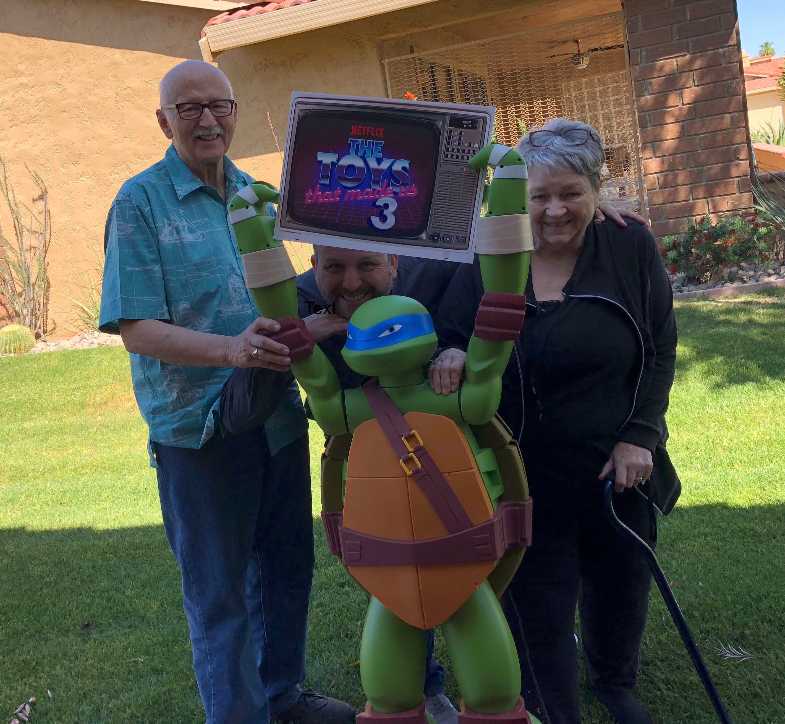
PEOPLE
A Legacy of Play: Inside the Carlson Family’s Multi-Generational Journey Through the Toy Industry
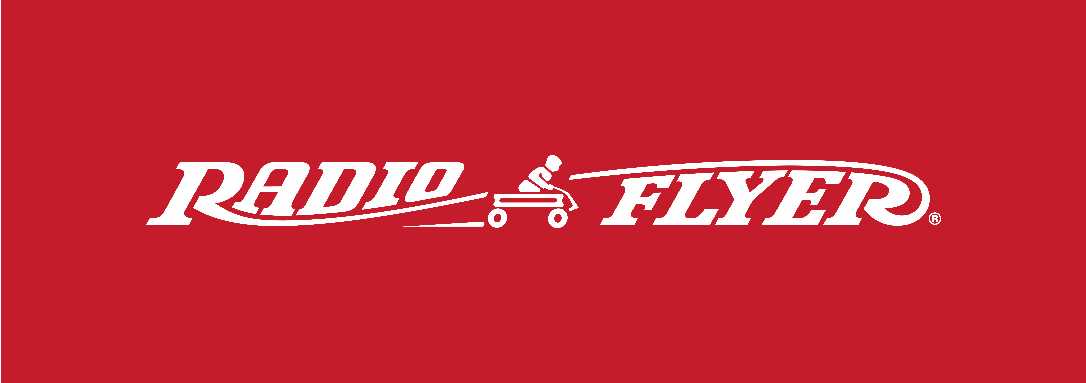
COMPANIES
Radio Flyer Studios Announces the Launch of its First Original Animated Series, Max & Maple: The Can-Do Kids
See more
POP's Got Talent

POP Entertainment
Randy Klimpert Shares his Ukulele Collection

POP Entertainment
Steve Casino Peanut Art

POP Entertainment
Everyone's Talking about POP!

POP Entertainment
Princess Etch - a Multi-Talented Etch A Sketch Artist

POP Entertainment
Joseph Herscher of Joseph' s Machines.
See more
Recent POPcast

Hidden Role: The Brains Behind your Favorite Games
Connie Vogelmann designed Apiary & Wyrmspan!

Hidden Role: The Brains Behind your Favorite Games
Bob Fuhrer... Is THE Crocodile Dentist!

Hidden Role: The Brains Behind your Favorite Games
Tom Dusenberry... Bought Atari, Wizards of the Coast, and Avalon Hill!

Hidden Role: The Brains Behind your Favorite Games
Matt Leacock created Pandemic... the game!

Hidden Role: The Brains Behind your Favorite Games
Scott Brown and Tim Swindle... are Launching a New Sport!
See more
POPDuos

POPDuos: Interviews with Legends and Leaders
POPDuo: Richard Dickson, Mattel’s President & COO, and Kedar Narayan, Young Inventor Challenge AMB

POPDuos: Interviews with Legends and Leaders
POPDuo: Will Shortz and Josh Wardle

POPDuos: Legends and Leaders Explore Creativity
POP Duo: Elan Lee, Co-Founder, Exploding Kittens.and Jeff Probst, Host and Exec Producer, Survivor

POPDuos: Legends and Leaders Explore Creativity
POP Duo: David Fuhrer, MNG Director, Blue Sq Innovations & Shawn Green, past Dodgers & Mets MLB Star

POPDuos: Legends and Leaders Explore Creativity
POP Duo: Bob Fuhrer, Founder, Nextoy and Tom Fazio, Golf Course Designer
See more
















